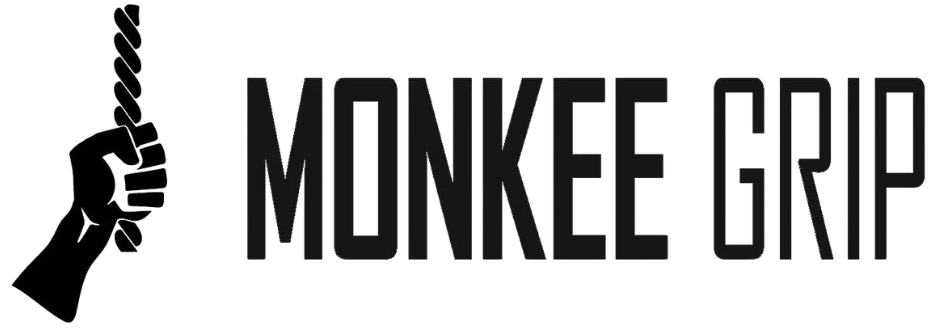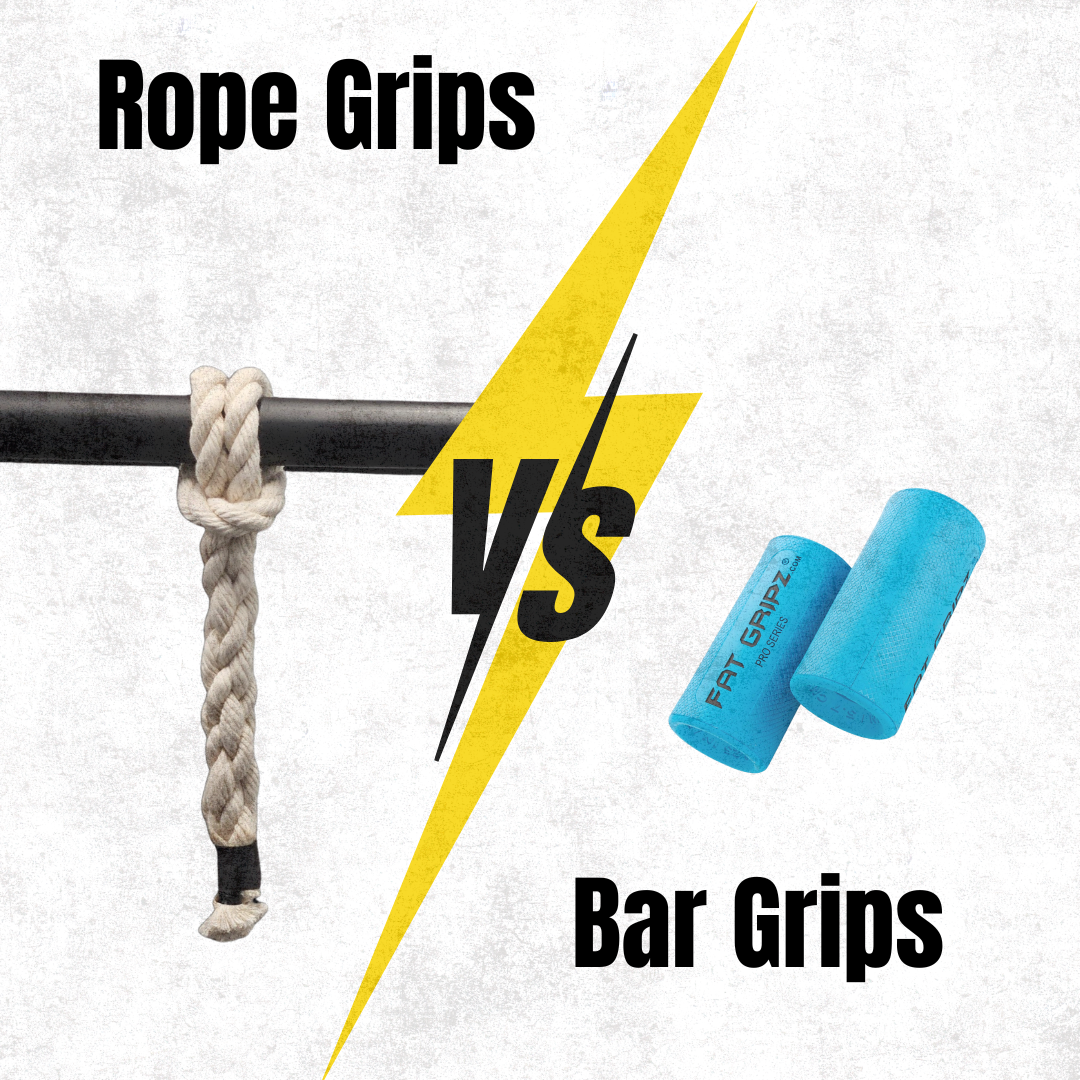Article: Best Pull-Up Upgrade: Why Rope-Based Grips Hit More Muscles
Best Pull-Up Upgrade: Why Rope-Based Grips Hit More Muscles
Best Pull-Up Upgrade: Why Rope-Based Grips Hit More Muscles
If you’ve ever felt your forearms give out before your back does during pull-ups, you’re not alone. The pull-up is one of the best upper-body exercises ever created — but it also has one big flaw: it’s too stable.
Most pull-up bars lock your hands into a fixed position. That means your body learns how to move efficiently — not necessarily how to move stronger. And while you’ll still build lats, biceps, and shoulders, you’re leaving dozens of stabilizing muscles untouched.
That’s where rope-based grips — like Monkee Grips — completely change the game.
🔹 The Limitation of Standard Pull-Ups
Standard pull-ups recruit your primary pulling muscles:
• Latissimus dorsi (lats)
• Biceps brachii
• Rhomboids
• Trapezius (mid and lower)
• Brachialis and brachioradialis
That’s a solid lineup. But because your hands stay locked in one plane, your forearm stabilizers, finger flexors, wrist rotators, and scapular control muscles barely get challenged. In short — you’re training strength, but not control.
🔹 How Monkee Grips Change the Movement
When you switch to rope grips, everything changes. Suddenly, your hands have no stable ledge to rest on. You have to create the friction that keeps you attached — and that changes the entire neuromuscular demand of the movement.
Here’s what happens:
✅ Forearm and wrist stabilizers fire continuously to maintain friction
✅ Finger flexors and extensors contract harder to control micro-movements
✅ Shoulder stabilizers and rotator cuff engage to prevent unwanted rotation
✅ Core and lower traps activate more to keep the body aligned under instability
You’re no longer just pulling yourself up — you’re fighting to stay connected.
🔹 Why This Means More Muscle Recruitment
Because Monkee Grips introduce instability and friction, your nervous system recruits extra motor units across multiple joints to maintain balance. This increases:
• Total muscle recruitment per rep
• Tendon activation and strength adaptation
• Proprioceptive control (your body’s awareness of position and tension)
This isn’t theoretical — EMG studies on unstable and free-grip exercises show significantly higher activation in forearm, shoulder, and trunk stabilizers compared to fixed bar variations.
🔹 Functional Strength Over Isolated Strength
Bar pull-ups build power. Rope pull-ups build resilience.
Every rep done with Monkee Grips teaches your muscles to coordinate under tension — the way you’d need to in climbing, hockey, martial arts, or even manual labor. It’s functional grip strength, not just gym strength.
This is why athletes who train with rope grips often notice:
• Fewer overuse injuries
• Better wrist stability
• Greater endurance during carries, hangs, or swings
You don’t just get stronger — you stay strong longer.
🔹 How to Start Training Pull-Ups with Monkee Grips
Start light and focus on time under tension.
Level 1: Static Dead Hangs (20–30 seconds)
Level 2: Assisted Rope Pull-Ups (using a band or foot support)
Level 3: Full Rope Pull-Ups (strict control on ascent and descent)
Level 4: Weighted or One-Arm Variations (advanced users)
If your goal is overall pulling strength and tendon durability, add 2–3 sets of rope hangs or rope pull-ups into your weekly training.
🎯 The Takeaway
Monkee Grips don’t replace standard pull-ups — they evolve them. They take one of the best exercises in fitness and make it even more complete by forcing your body to use every stabilizer it was designed to.
You’re no longer just building bigger lats — you’re building better control, coordination, and grip dominance.
🎥 Want to see it in action?
Visit our YouTube channel for real-time grip strength tutorials, muscle activation breakdowns, and pull-up training footage with Monkee Grips.





Leave a comment
This site is protected by hCaptcha and the hCaptcha Privacy Policy and Terms of Service apply.